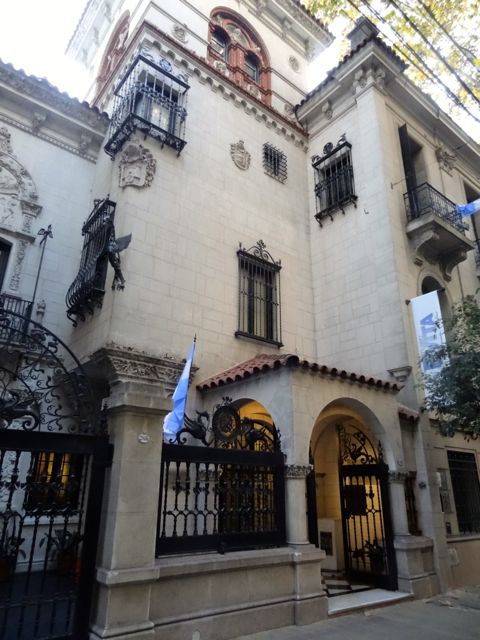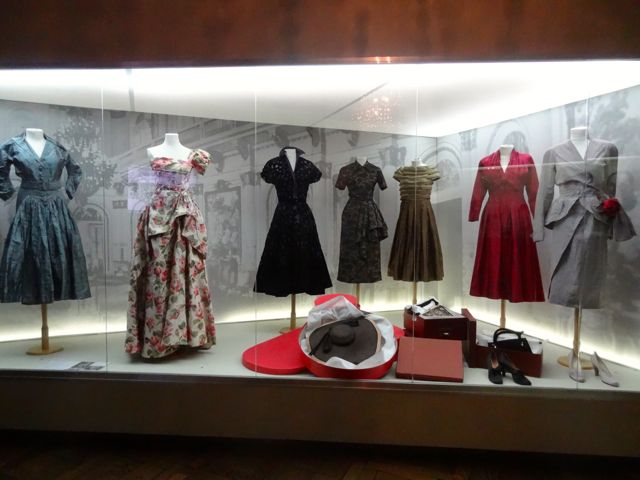You may have heard of the political activist Eva Peron, watched the Broadway musical or movie “Evita” or perhaps heard the famous song “Don’t cry for me Argentina” which was beautifully sung by Madonna. Eva Peron left a legendary impact on the history of Argentina, and no visit to Buenos Aires is complete without visiting Museo Evita. The Evita Museum is housed in a mansion constructed for the Carabassa family during the first decade of the 20th century and Hogar de Tránsito (Temporary Home) #2, a shelter for women and children with no resources in 1948.
Eva Duarte was a beautiful woman, a talented actress and a spokesperson for women and workers. After she married Argentina’s to-be President Juan Peron, she started her own organization, Fundación Eva Perón through which she implemented programs for children and women. Among her projects stood Home Schools, the Children’s City, the Students’ City, University Cities and One Thousand Schools Plan. Her mission was to provide quality healthcare, education and respect to the citizens of Buenos Aires that were affected by the revolution. Her historical records say, “In the Children’s City, uniforms were banished – but clothes and toys came from the best shops in Buenos Aires. If you look at the children in the residences built by Evita’s Foundation throughout the country you will see that each child is dressed differently (unless they are wearing the smocks all Argentine school children used to wear to protect their clothes).”
Another project that grabbed my attention was The Children’s Tourism Plan. A novel concept for 1950s, it enabled children from her orphanage to vacation in the mountains, at the seashore and in other tourist spots throughout the country.
Argentinian masses persuaded Eva to run for office, and in 1952 she was the first woman to be elected as Vice President, while her husband was elected President. For reasons no one can be sure of – political pressure, her illness, the CGT – Evita renunciated the designation. The country mourned Eva’s death in 1952 and she is still known as the most loved and hated woman in the history of Argentina.
As you walk through Museo Evita, you can see photographs of some of her schools, women’s shelters and employments clinics. You can also see Eva’s glamor shots from her faxing career as well as her exquisite wardrobe. After you complete the tour of the museum, you can grab a cafe con leche at the Evita Cafe, a small yet chic place located on the first floor.

